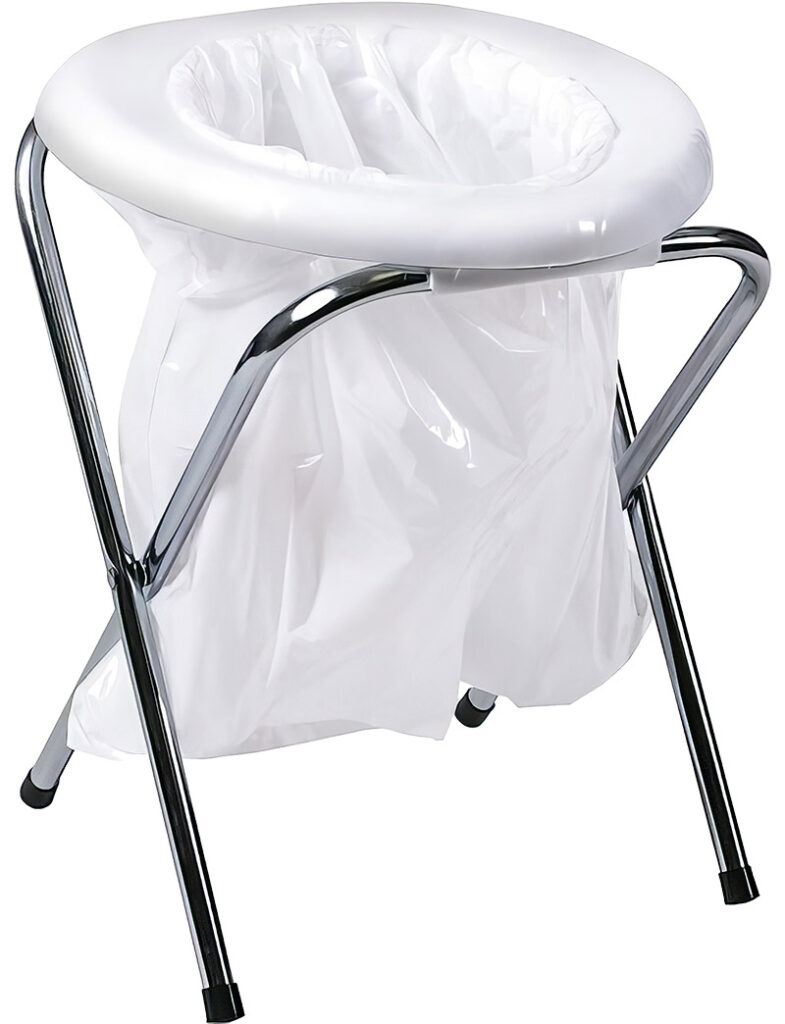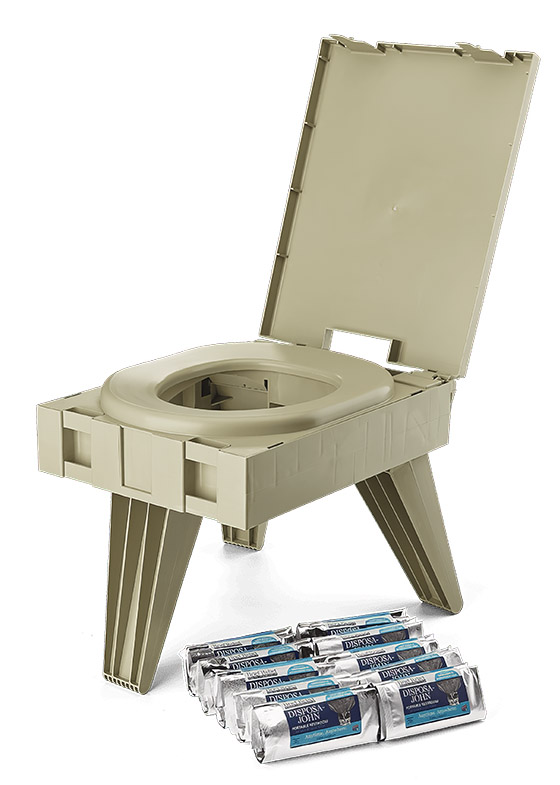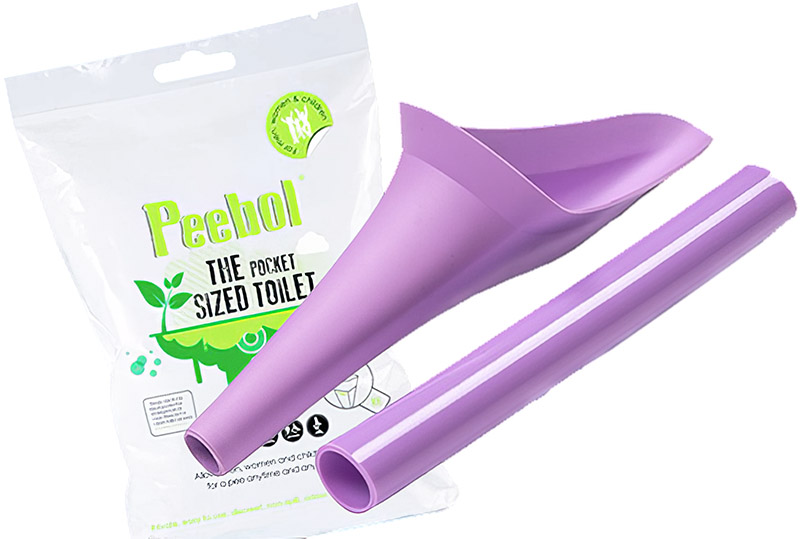Navigating Bathroom Breaks in the Field
Why taking care of business is every company’s business
Este es nuestro intento de convertir las historias en audio español usando Inteligencia Artificial. Aún así le recomendamos que reconfirme ciertas palabras clave y temas. ArborTIMES no garantiza ni se responsabiliza de la conversión del inglés al español de los relatos.
_
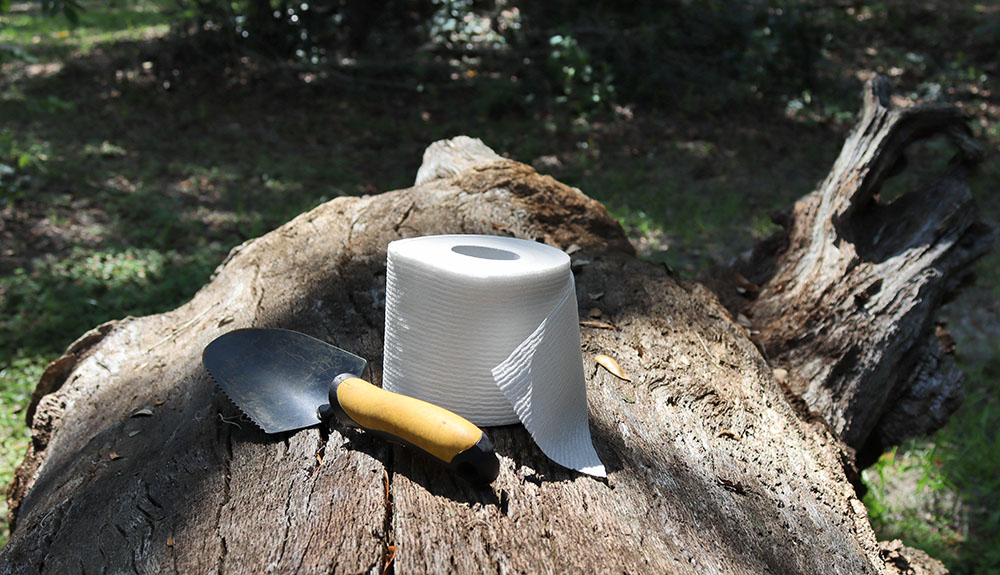
Photo by Richard May.
When nature calls, most arborists discreetly duck behind a tree or climb into the back of the chipper truck. This sounds easy enough, but it also begs the question: isn’t there a better way?
For starters, this hardly sounds relaxing. If anything, it sounds uncomfortable, unsanitary, and even risky. What if you’re discovered by a coworker, a child or an irate client?
These are the questions many tree services are trying to answer, especially as they seek to foster new customers, retain employees, and welcome more women into the industry.
“It’s the kind of thing that everyone wonders about but doesn’t talk about,” says Natalie McNeill, a certified master arborist and operations manager for The Davey Tree Expert Company. “For a long time, it’s been status quo to figure it out on your own.”
Bathroom conundrums
Arborists aren’t the only ones who struggle to find relief on the job. It’s something most mobile work crews, like delivery drivers, utility workers, and long-distance truckers, must deal with at some point. When you gotta go, sometimes you have to get creative.
Arborists tend to develop their own routines and techniques for taking care of business. This can include clearly announcing the need to go “check on the wood chips,” suddenly referring to the chipper truck as a “dump truck,” or perching a hard hat over the ignition to prevent getting a face full of chips during a quiet moment.
For the most part, managing these breaks is an accepted part of the job. You deal with it and move on, maybe swap funny bathroom stories at the end of the day. But there are other parts that aren’t so funny, like unsanitary working conditions, an uncomfortable lack of privacy or a possible citation for public urination.

For women arborists, going to the bathroom on the job poses additional challenges that require careful planning. While men have been known to casually pee on the side of a tree, a woman may need to scale down 50 feet, fumble with gear and bulky clothing, and calculate severe pitches to avoid soiling their shoes. Then there’s the added matter of attending to one’s menstrual needs throughout the day.
“When women are on tree crews, [bathroom needs] can become an issue,” McNeill says. “They may not feel comfortable asking for permission to leave.”
Suffice it to say, every arborist has a limit on the conditions they’re willing to accept. When comfort levels are breached, an employee faces a tough choice: suffer through or demand suitable accommodations. The fate of this decision often hinges on company culture, work crew dynamics and the fear of losing their job.
Arborists looking to make the best of it may try and “hold it” longer. Others may reduce the amount of water they drink to cut down on the number of bathroom trips. Eventually, some may realize the sacrifices aren’t worth it and just quit.
Facing a shortage of quality labor and high employee turnover rates, many businesses are recognizing the need to step up their game in the bathroom department.
Taking Care of Business
While talking about bathroom needs can make any employer or manager squirm, it’s still an important conversation to have.
“It’s almost like giving [workers] permission,” says McNeill. “It’s making people aware that it’s OK to leave the job site. In fact, we encourage that.”
Few businesses have to consider the impact of a bathroom break like a tree service company. To these business owners, it’s not just about providing employees with privacy and sanitation. It’s also the time and money involved in doing it. The time and cost of a single 20- to 30-minute bathroom break can quickly add up.
“To a certain degree, I don’t think tree care employers have even thought about what it costs,” says Gary Maurer, president of Green Pro Solutions, which provides equipment and supplies for tree care professionals.
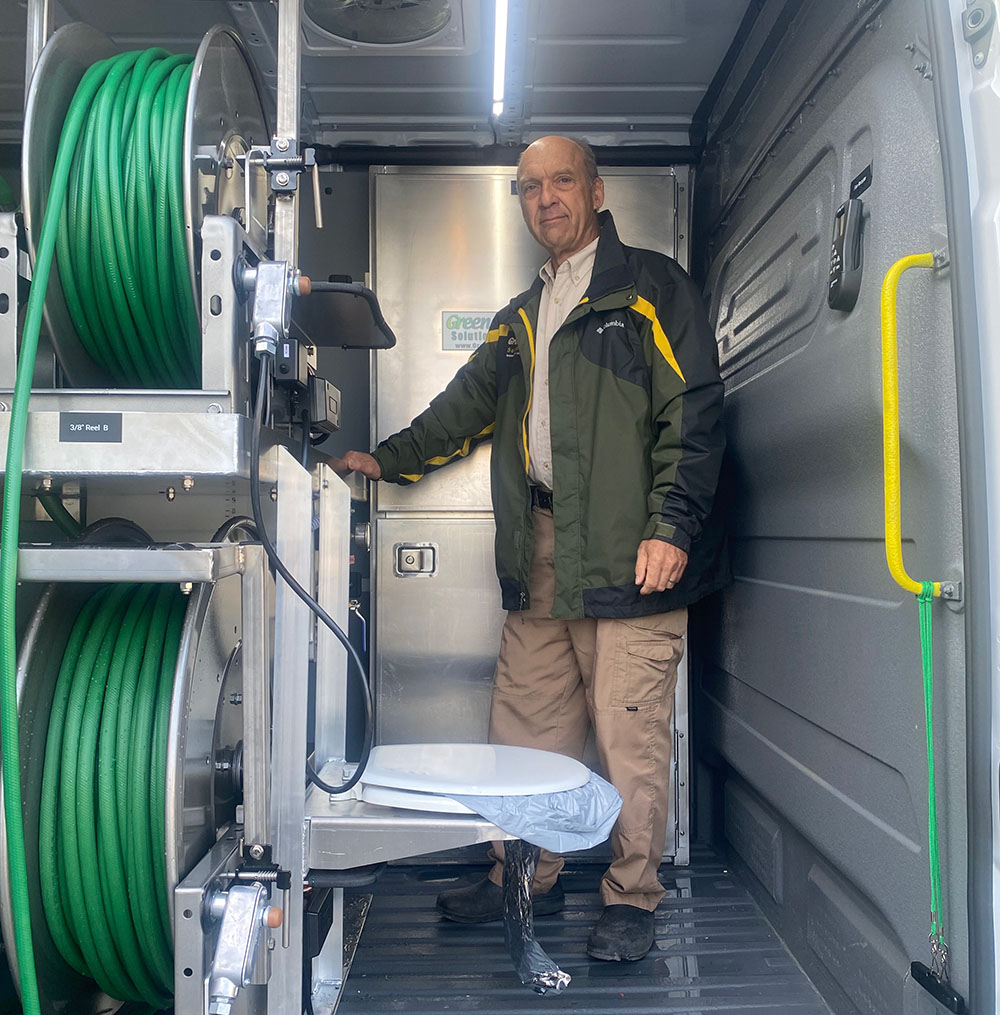
Maurer estimates that the need for employees to find a suitable bathroom can cost a tree care service thousands of dollars each year. It’s part of the reason his company developed a removeable toilet system that can be mounted inside of chip trucks and Sprinter vans favored by mobile work crews.
There’s also the issue of client relations. Customers may not care to know how their arborist takes care of business, but they probably don’t want to see them relieve themselves all over their yards either. While this may not be as much of a concern in urban areas, where public restrooms can be found nearby, it can be an issue in more rural areas.
“You have to have that communication with customers,” says McNeill, adding that most of them understand. “It’s surprising how many customers do open up their homes.”

Then there are the ubiquitous security cameras, which are becoming more common in residential areas. Arborists may think nothing of sneaking a bathroom break behind a customer’s shed, but they run the risk of being recorded while doing it.
“You drive up to a property and see that the cars are gone,” says Maurer. “You don’t give a second thought to the cameras, and you’re not as careful.”
Bathroom solutions
According to the Occupational Health and Safety Administration, employers are required to provide arborists and other mobile workers access to either an on-site toilet facility or “prompt” transportation to one within 10 minutes. They are also required to provide handwashing facilities or, if this is not feasible, readily available antiseptic hand cleaners, gels, or towelettes.
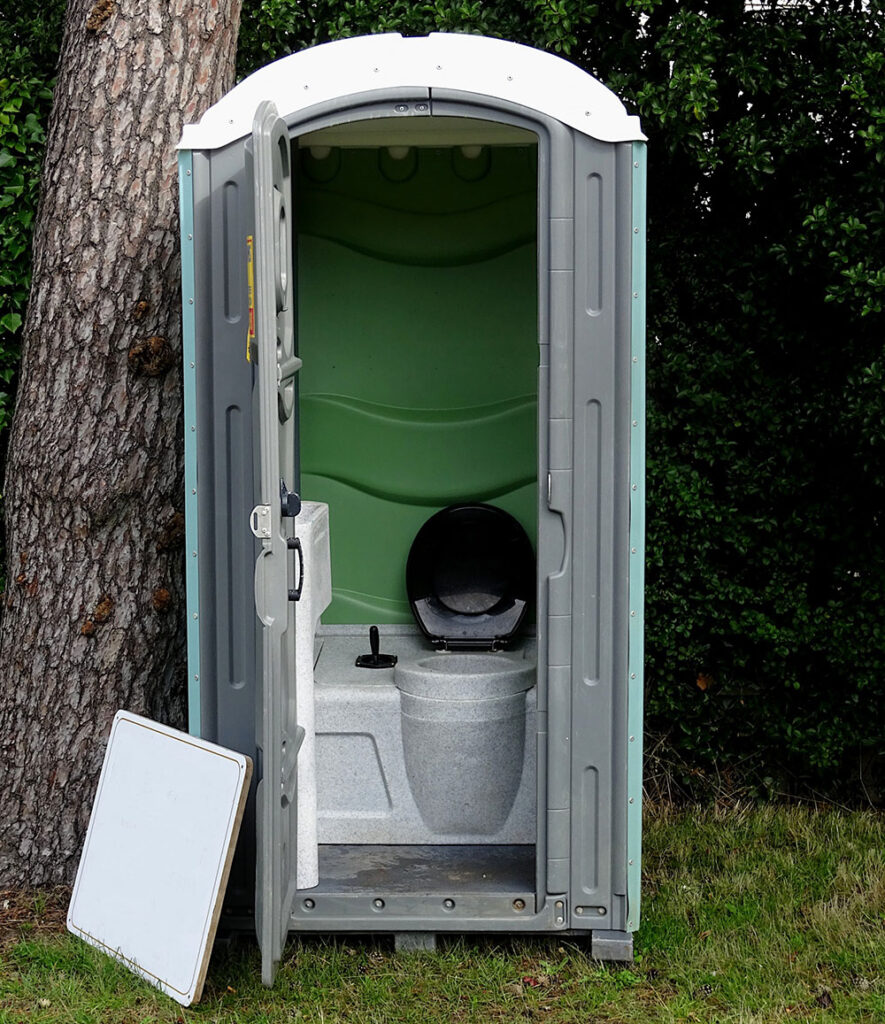
Business owners have employed a number of solutions to meet the needs of their employees and keep costs down. In some cases, it’s as easy as providing a privacy tarp to cover the back of the chip truck. Others provide employees with a pickup truck or car to transport them to and from restrooms.
Other bathroom solutions can include bucket commodes, urine-soaking gel packs, privacy tents and other shields.
“It’s about employee health and safety,” says Garrick Bell, sales manager for Brief Relief, which manufactures portable commodes, privacy tents and waste disposal products that are compliant with OSHA and Environmental Protection Agency regulations.
A polymer enzyme deodorizes and breaks down waste in an impervious, hospital-grade bag that can be tossed into the trash. And while these products have been fully embraced by utility workers, Bell says they are just now introducing them to the tree care industry.
“The feedback has been overwhelming,” says Bell. “They’ve never seen anything like this before.”
Having a frank and open discussion about bathroom needs is likely to make anyone uncomfortable, but it’s up to employers to start the dialogue. By providing employees with thoughtful accommodations, business owners can show they care about the needs of workers and customers alike.
“It’s still a weird topic to talk about, but you have to have that open communication with your team,” says McNeill, adding, “Maybe it’s time to talk about it a little more openly.”
Toilet Solutions
There are several products available to make jobsite bathroom breaks less stressful
Green Pro Solutions created a universal toilet seat frame that can latch onto the inside of a chip truck or other locations.
For the environmentally conscious who want to leave no trace. Pack it in, pack it out.
Sometimes, all you need is a plastic bag and a steady place to perch.
Portable commodes, privacy shelters and curtains, and waste disposal bags make it possible for both men and women to follow the company’s motto and “do your business anywhere.
Taking their cue from men, there are a number of female urinals designed to allow women to pee standing up. “Make sure the wind is at your back, ladies!” cautions





